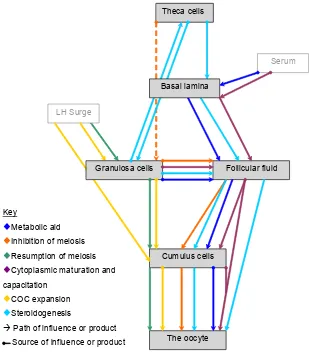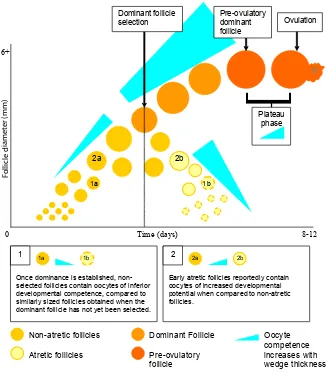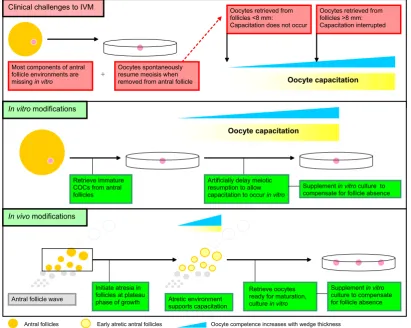The antral follicle: a microenvironment for oocyte differentiation
Full text
Figure




Related documents
This study demon- strates MUC1 expressed breast cancer cell line MCF7 as a source of a minor population of cells with characteristics of tumor stem/progenitor cells to show for
Tumor samples from the phase Ib study of the combin- ation of cobimetinib and atezolizumab in patients with solid tumors reiterated the T cell and MHC class I ef- fects of
However, as discussed later, formative models can have a role in developing learning as suggested by Earl (2012), for example, who describes formative assessment as an integral
After the 1990s, with the development of computer network technology, multimedia technology, artificial intelligence technology and its application in the field of
For the same values of heat transferred from the mold, increasing Stefan number has significant results such as: accelerating the solidification process and increasing
This thesis argues that to understand the coal trade, the conventional economic model of a commodity market needs to be replaced with a more comprehensive model of
The prac- tice of routine postoperative chemical thromboprophylaxis to prevent VTE has mainly been based on Western litera- ture thus far, and the recent acknowledgement of
The results showed that in both Tail suspension test and Force swim test, the aqueous extract of RO13 at dose of 200mg/kg and 400 mg/kg significantly reduced immobility time
